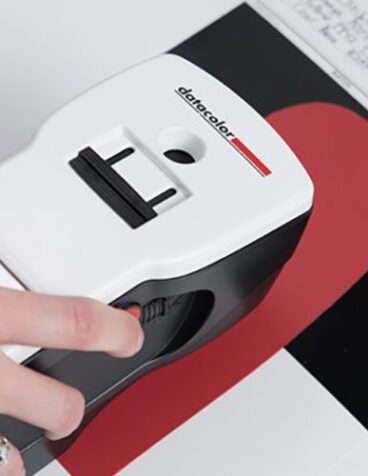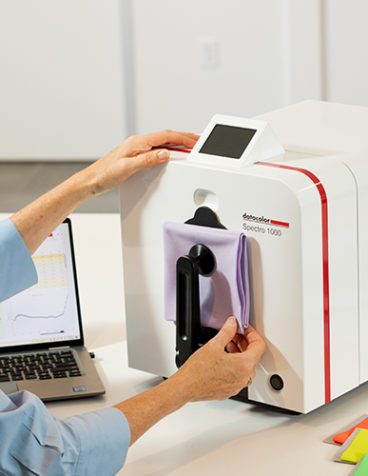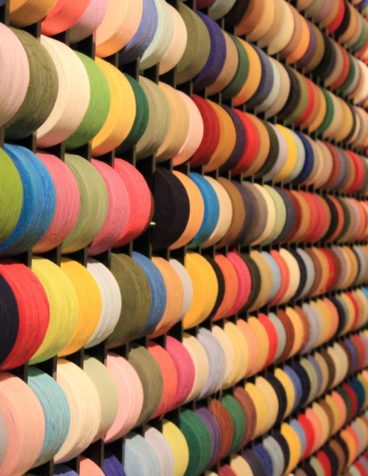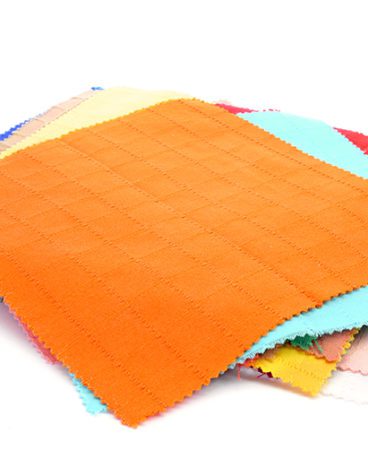
Titanium dioxide is a widely used pigment in products from plastics to printing ink. In fact, the coatings industry is the largest user of titanium dioxide, and within coatings, the industrial segment comprises half the market.
Which is why it’s so important to streamline TiO2 testing.
Today I’ll share a new quality control process for titanium dioxide (TiO2). Datacolor developed the process in cooperation with the Asia Pacific R&D center of a leading global coating company, and we’ve just released a paper with the technical details. Titled “Quality Control Testing for Titanium Dioxide Industrial Coatings Bases”. Here are the highlights.
Five measures of quality
Whiteness, color coordinates, contrast ratio, strength, and resistance to weathering are all key quality indicators for TiO2.
- Whiteness is the degree to which an object’s surface approaches “ideal white”, or a 100% reflectivity curve.
- Color coordinates identifies coordinates that describe a color in color space, and in relationship to other colors.
- Contrast ratio refers to opacity, or the ability to hide an underlying surface color.
- Strength means the relative percentage of pigment versus a test sample.
- Weathering is tested by a number of different indexes, including yellowness and color coordinates.
Companies need to accurately measure each of these factors, test results need to be repeatable, and the data should be easily shared. Interoperability among test instruments will let companies establish acceptable levels of deviation from standard that their vendors can test against to ensure quality.
Factory entry powder test case
Company A was using a slow, inconsistent, and inefficient method of testing the quality of a critical raw material: its incoming titanium dioxide powder.
Testers would grind the TiO2 into a base coating, scrape up and dry a sample, and measure it with a whiteness meter. This hours-long process needed to be repeated to average inconsistent data, and the results couldn’t be shared among other instruments as references for customers. So while whiteness meters are simple to use and relatively inexpensive, they’re inefficient.
Spectrophotometers, on the other hand, offer advantages that make them ideal for coating plant operators.
The Datacolor solution
For Company A, Datacolor and its project partner recommended the Datacolor 800V solution.
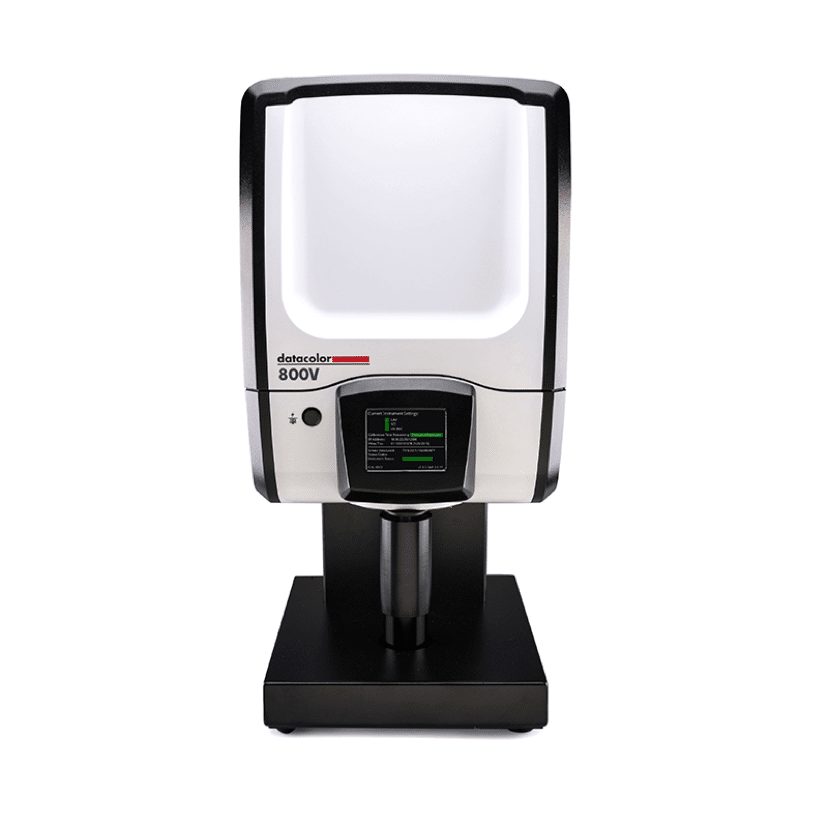
Company A realized a number of significant benefits by using the Datacolor spectrophotometer.
- Time savings: measurements can be taken immediately after pressing
- Increased data stability: no need for parallel tests; samples can be compared with standard saved data
- Improved communication: high inter-instrument agreement lets quality control standards be set for and controlled by suppliers
- Repeatable results: instruments are tested and calibration is certified annually
Three years after moving to the new testing procedure, it continues to provide efficient and accurate measurements for Company A. It’s also captured the attention of other titanium dioxide manufacturers and coatings companies.
To learn more about our solutions for the coatings industry, visit our paint and coatings market page.





